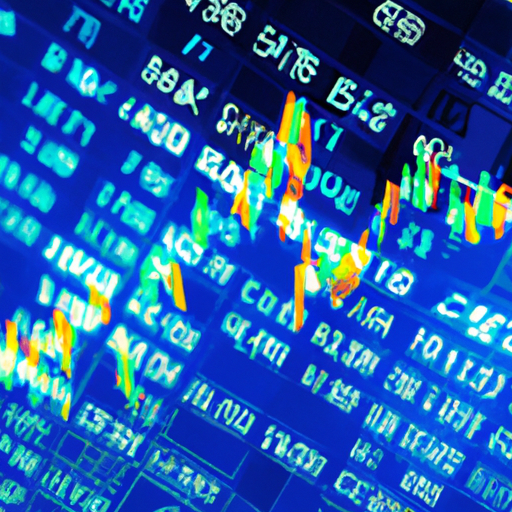Understanding algorithmic trading: a game-changer in modern finance
Algorithmic trading has become a buzzword in the financial world, revolutionizing how trades are executed. This cutting-edge approach leverages computer algorithms to automate trading decisions, offering numerous advantages over traditional methods.
What is algorithmic trading?
Algorithmic trading, also known as automated trading or algo-trading, involves using pre-programmed instructions to execute trades at high speeds and volumes. These instructions are based on various factors such as price, timing, and volume.
For example, imagine a scenario where a trader wants to buy 1,000 shares of a stock when its price falls below $50. Instead of manually monitoring the stock’s price all day, an algorithm can be programmed to automatically execute the trade when the conditions are met.
The evolution of algorithmic trading
Algorithmic trading has evolved significantly since its inception. Initially limited to large institutional investors like hedge funds and investment banks, it has now become accessible to retail traders.
The rise of high-frequency trading (hft) has further propelled the growth of algorithmic trading. Hft uses sophisticated algorithms to execute trades within fractions of a second, capitalizing on minute price discrepancies.
For instance, during the 1980s and 1990s, traders relied heavily on human intuition and manual execution. However, with advancements in technology and data analytics, algorithms began to outperform human traders in terms of speed and accuracy.
Benefits of algorithmic trading
One of the key benefits of algorithmic trading is its ability to eliminate human emotions from decision-making processes. Emotions like fear and greed often lead to irrational decisions that can result in significant losses.
Moreover, algorithmic trading ensures consistency by following predefined rules without deviation. This consistency is crucial for implementing complex strategies that require precise execution.
Consider this: a trader using an algorithm can backtest their strategy against historical data before deploying it in real-time markets. This allows them to refine their approach based on empirical evidence rather than relying solely on gut feelings.
Popular strategies in algorithmic trading
There are several popular strategies employed in algorithmic trading:
1. Trend following: this strategy involves identifying trends in asset prices and executing trades accordingly. For example, if a stock’s price consistently rises over a certain period (an upward trend), an algorithm may place buy orders until the trend reverses.
2. Arbitrage: arbitrage exploits price discrepancies between different markets or assets. An algo-trader might simultaneously buy an undervalued asset while selling an overvalued one for profit.
3. Mean reversion: mean reversion assumes that asset prices will revert back towards their historical averages after deviating significantly from them.
4. Market making: market makers provide liquidity by placing both buy/sell orders at slightly different prices simultaneously – earning profits through bid-ask spreads.
These strategies highlight how diverse yet effective algorithms can be when applied correctly within financial markets.
Challenges and risks involved in algorithmic trading
Despite its numerous advantages over traditional methods; there are inherent challenges associated with algorithmic trading:
Firstly; technical glitches or bugs within algorithms could lead unintended consequences – causing substantial losses if not detected promptly.
Secondly; reliance solely upon historical data may not account unforeseen market events which could disrupt well-laid plans;
For instance: flash crashes like those witnessed during may 2010 where major indices plummeted rapidly only recover shortly thereafter were attributed largely malfunctioning algorithms exacerbating volatility
Furthermore regulatory concerns arise given potential manipulation via excessive use certain strategies such hft which regulators closely monitor mitigate risks posed broader market stability
Therefore it’s imperative traders remain vigilant continually assess performance ensuring robustness under varying conditions
Conclusion: the future of algorithmic trading
In conclusion; while algorithmic trading offers unparalleled efficiency transparency compared conventional approaches it essential recognize limitations address inherent risks involved
As technology continues evolve so too will sophistication these systems paving way even greater innovations shaping future landscape finance ultimately success lies balancing automation human oversight leveraging strengths both realms achieve optimal results

